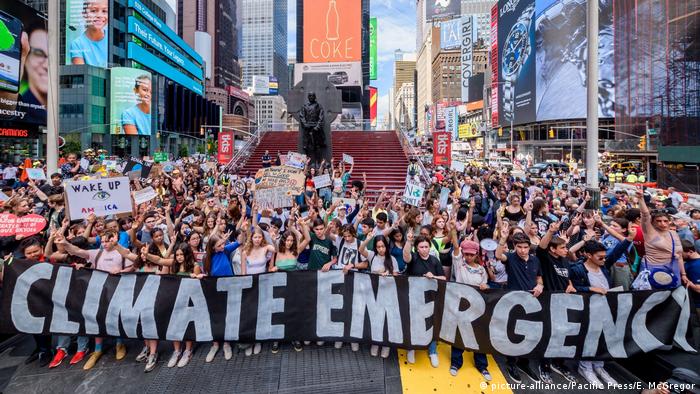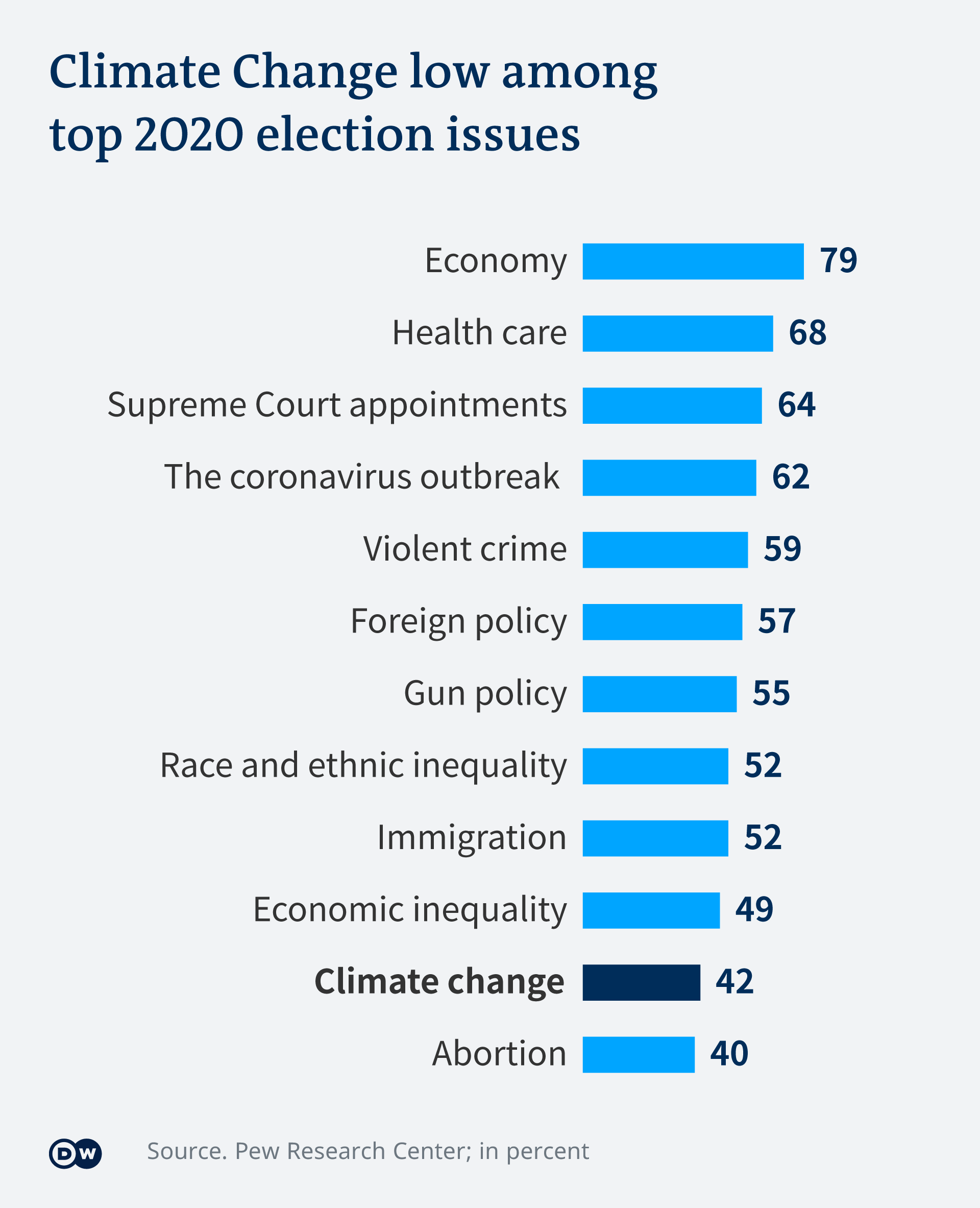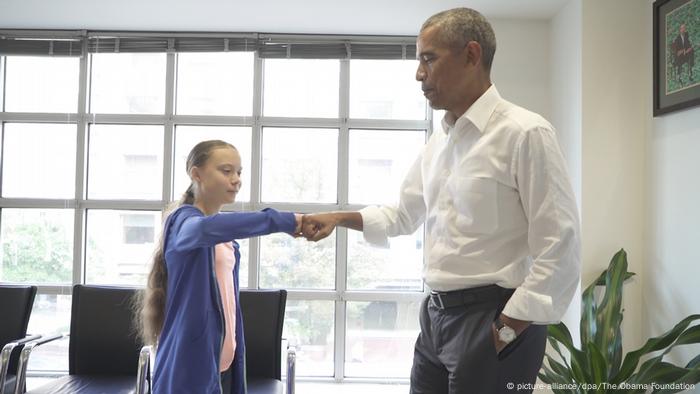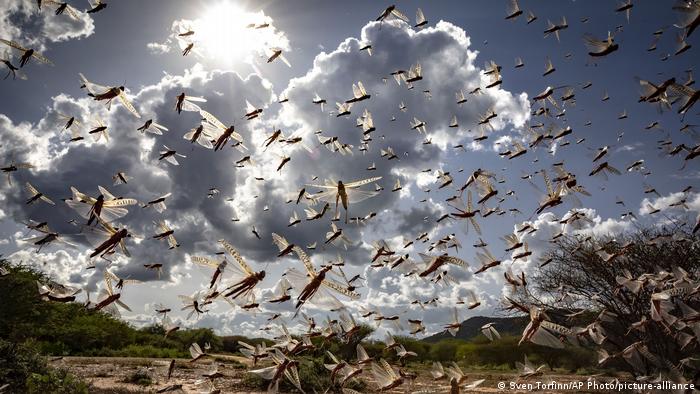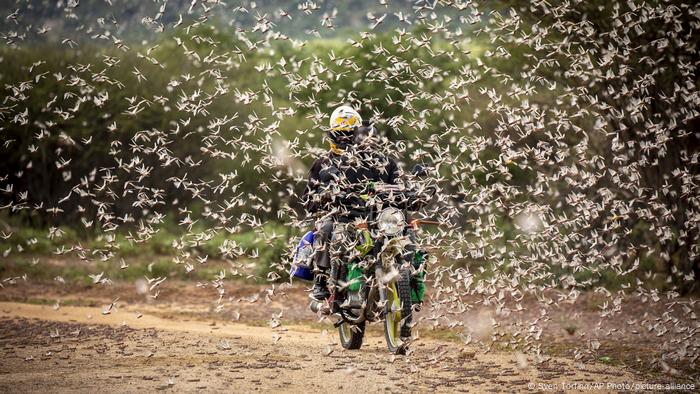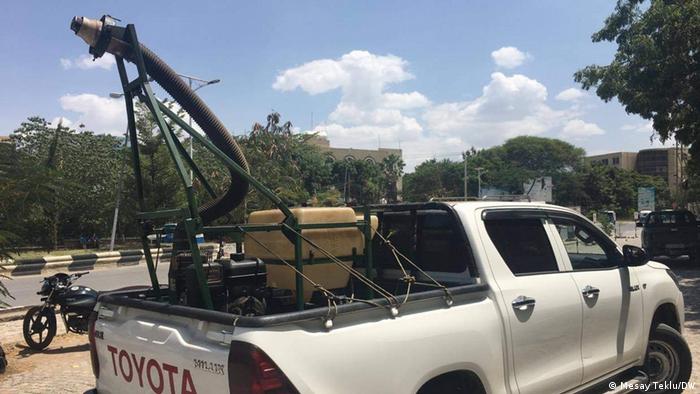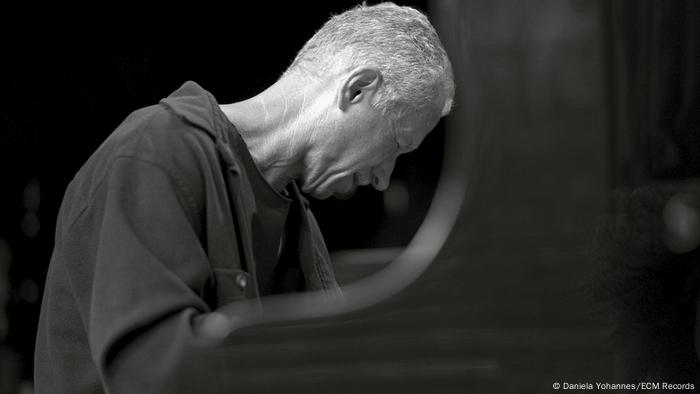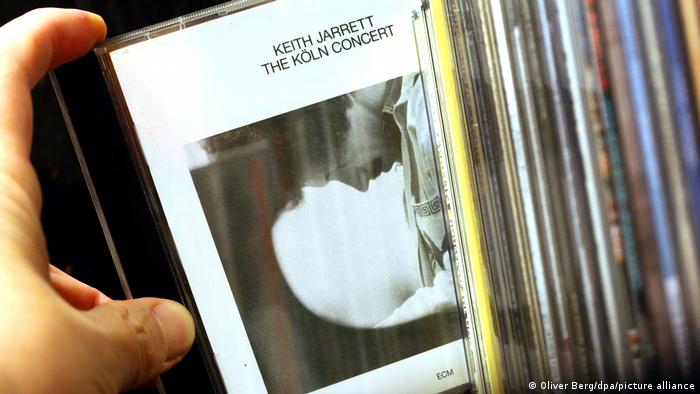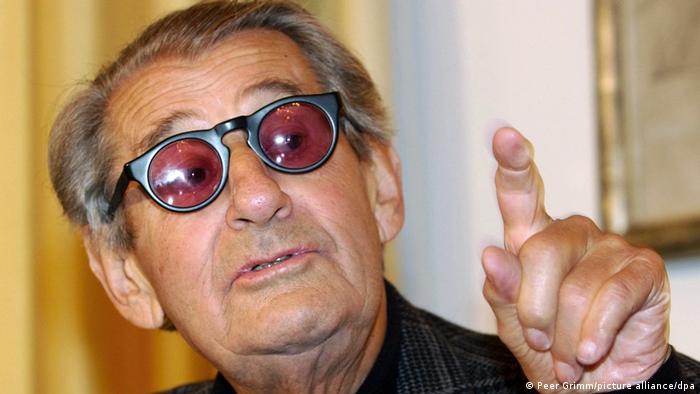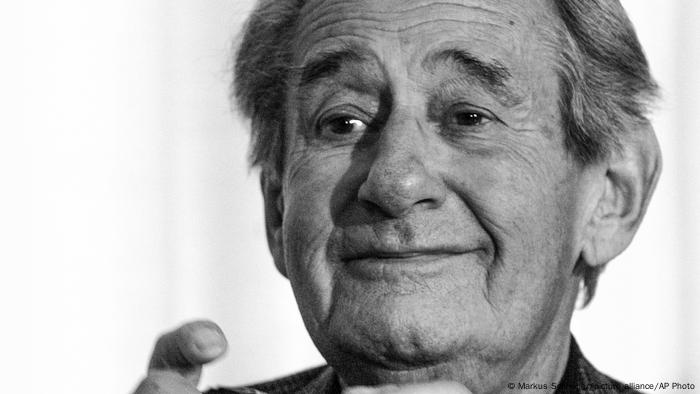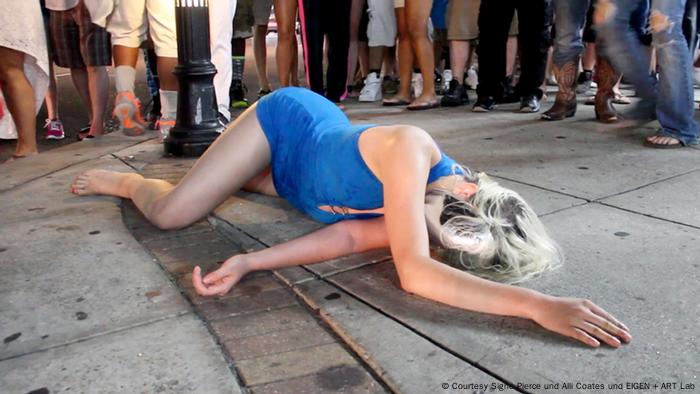Coronavirus pandemic leads to rise in FGM across Africa
Campaigners against Female Genital Mutilation (FGM) say that the coronavirus pandemic has had a negative impact on efforts to curb the practice. FGM remains common despite being criminalized in many countries.
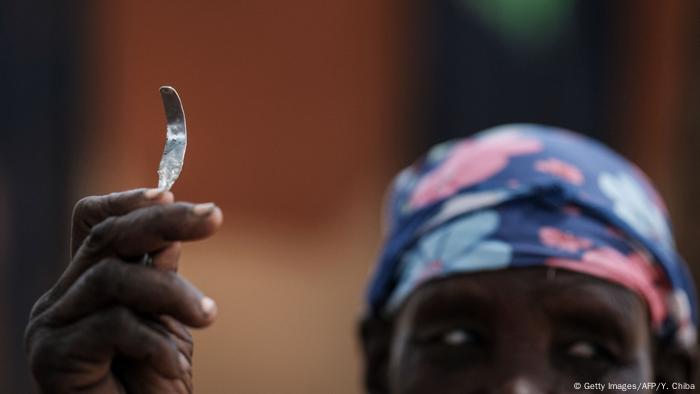
Domtila Chesang is from West Pokot County in northwestern Kenya, a region where Female Genital Mutilation (FGM) is still common practice. She became a campaigner against FGM and child marriage after witnessing her cousin be subjected to the practice. The nightmarish experience made her not anxious, but determined: In 2017, she received a Queen's Young Leaders Award at Buckingham Palace in London for her work raising awareness.
"I use my voice and my influence to fight for the rights of girls and against gender-based violence," she told DW.
Long-term psychological and physical damage
But Chesang's work has become all the harder since the coronavirus pandemic struck. "Our campaigns are not very effective," she said. "We can't move freely because Kenya is in lockdown and also has a nighttime curfew."
"The focus is on COVID-19. That's what most funding is going towards. So, there are more girls who are being subjected to harmful cultural practices in their communities."
She said that over 500 girls had been subjected to FGM in the months of April, May and June, when the lockdown measures were at their strictest. This was a major setback: "The girls will suffer their whole lives, both psychologically and physically."
Girls are sometimes married off as young as 12 or 14 and thus robbed of any chance of making their own decisions. FGM is considered by some communities to be a necessary rite of passage before a woman marries.
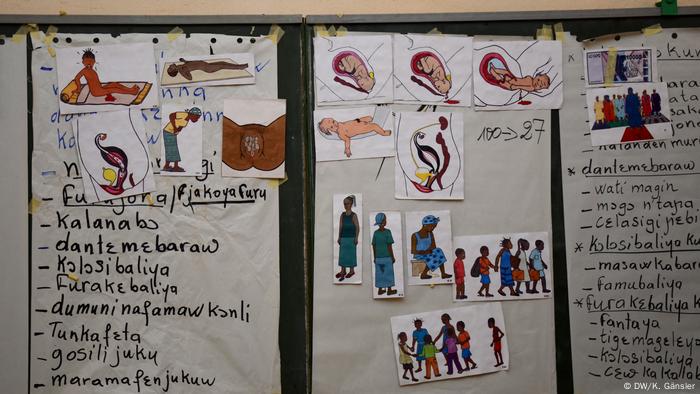
Education and outreach has come to a near-complete standstill due to the pandemic.
Read more: Russia's first trial on female genital mutilation restarts after coronavirus lockdown
Marriage seen as path out of poverty
Daniela Gierschmann from the women's rights organization Medica Mondiale said that the coronavirus pandemic had led to a similar situation in West Africa, particularly in Liberia, Sierra Leone and the Ivory Coast: "Such crises are particularly difficult for girls and women. They exacerbate already existing inequalities," she told DW.
"There is less protection from institutions and a significant rise in sexual and domestic violence. Teenage pregnancies and FGM are increasing."
Gierschmann explained that families were more likely to try to marry off a daughter in difficult times when it became harder to feed all children — and FGM was part of the marriage ritual.
"COVID-19 has had a negative effect on human rights," agreed Asita Maria Scherrieb from the women's rights organization Terre des Femmes. "We've seen that in West Africa. Because of the coronavirus, there are no more awareness-raising campaigns in schools and nobody is keeping an eye on the girls. It doesn't get noticed if they don't turn up," she told DW. She also explained that healthcare was limited because COVID-19 patients were being prioritized, and that distancing regulations meant there were fewer spots in protective institutions than usual.

Despite being criminalized, FGM is still practiced in many countries.
Read more: Sierra Leone anti-FGM activist wins German human rights prize
Human rights violation
"FGM is a grievous violation of human rights and considered a crime by international law," she added. It is actually prohibited in many countries but according to the World Health Organization, the practice continues to exist in almost 30 African countries. Across the world, over 200 million girls and women are thought to have been subjected to the practice. Schierrieb estimated that the figure might well have increased by two million during the coronavirus pandemic alone.
Nonetheless, there was a small flicker of light in the parts of West Africa which had learned from prior epidemics, said Gierschmann from Medica Mondiale: "Many women have used their experience from the Ebola outbreak and set up decentralized telephone hotlines for girls and women at risk." She also said that though women's refuges were offering more protection and some extracurricular classes, these measures did not suffice.
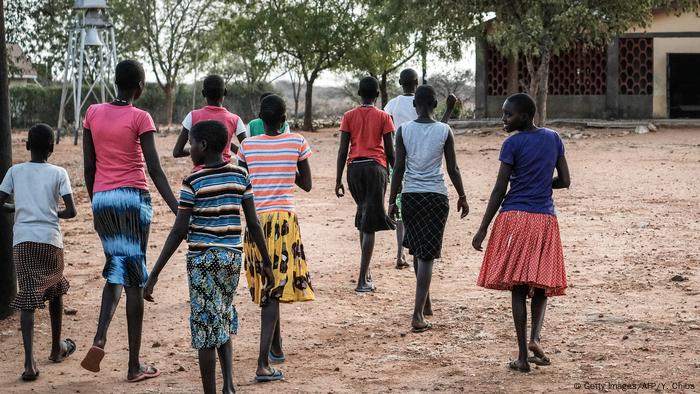
It is estimated that around 200 million girls and women are victims of female genital mutilation
Domtila Chesang doubts that Kenya will be able to put an end to FGM by 2022 as the president has pledged. She is very worried about the future of all the girls who "have been married off by force, cut off from education and are now completely dependent on their husbands."
"They have no voice and nobody hears them."

